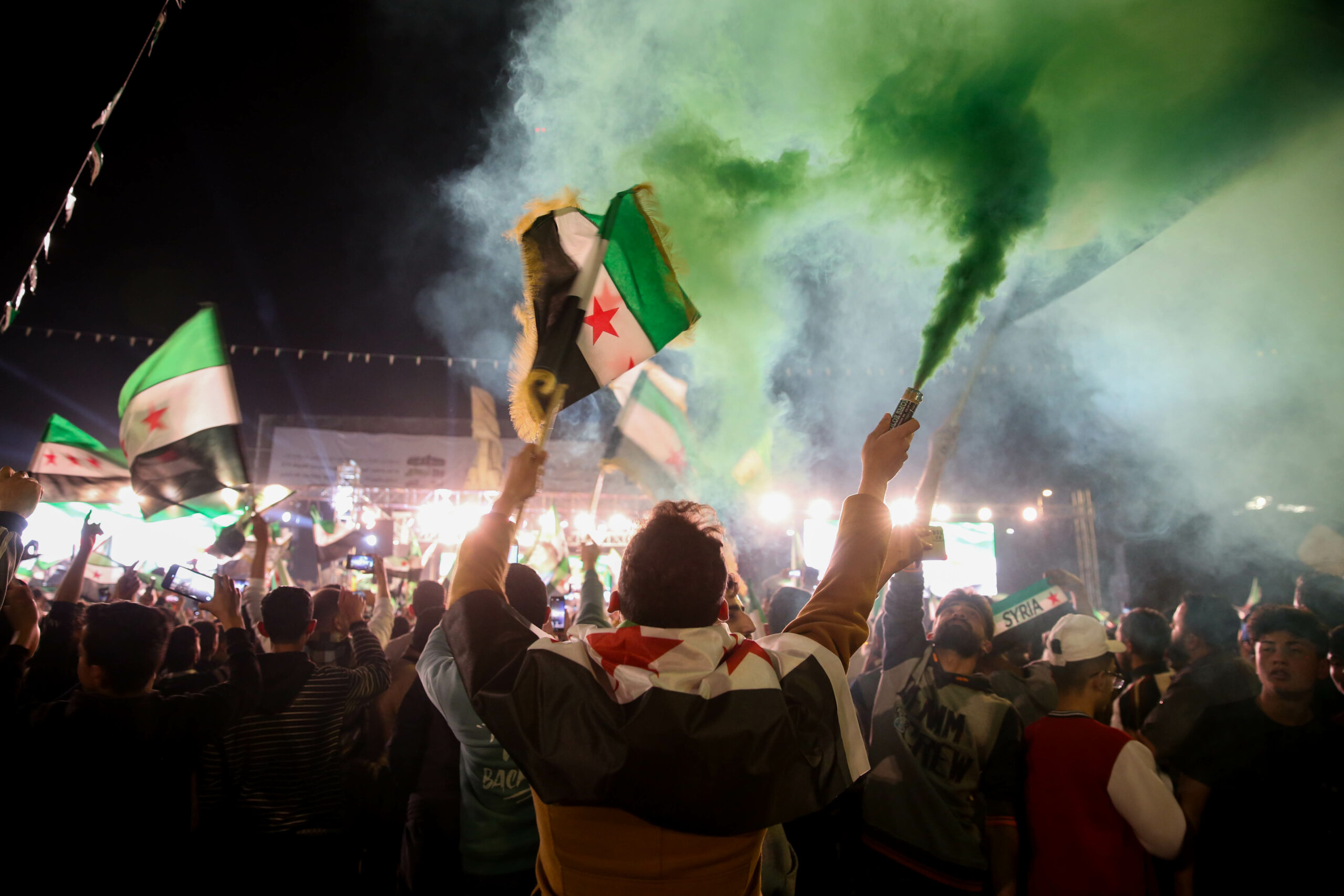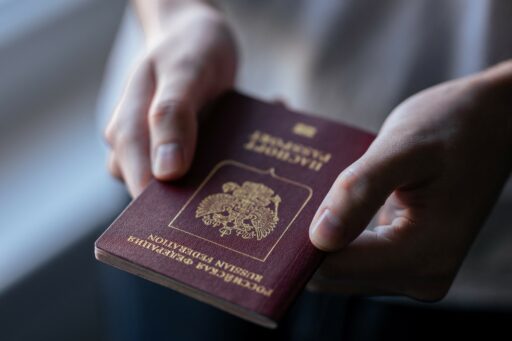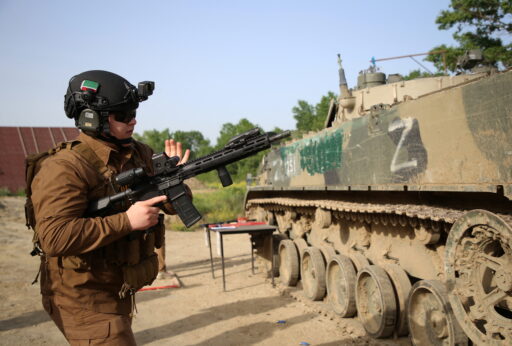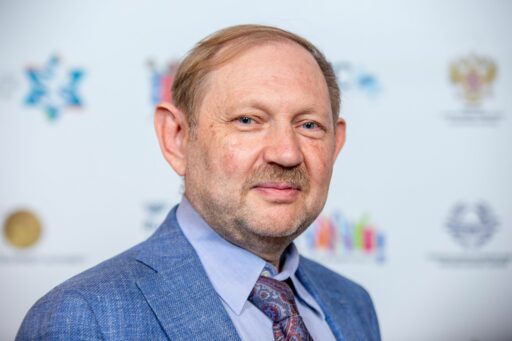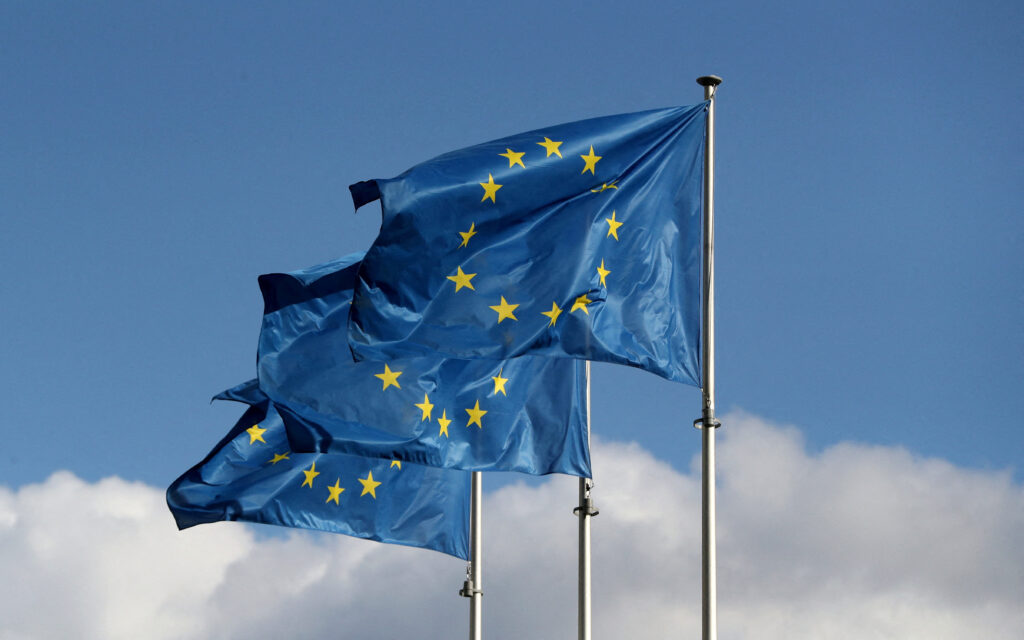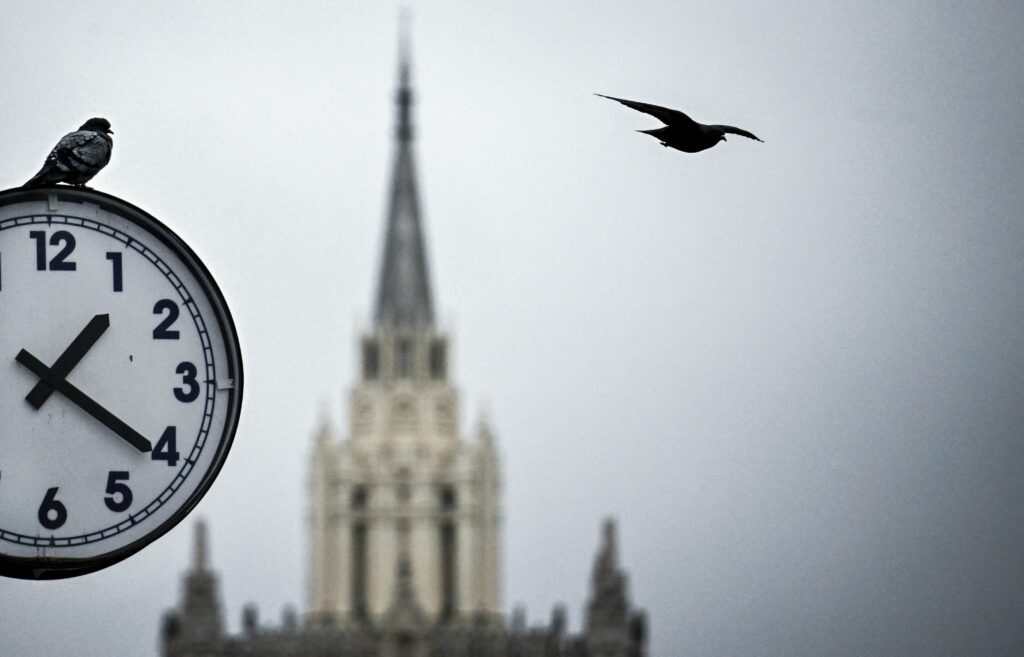Four months have passed since the collapse of Bashar Assad’s regime in Syria, a period sufficient for initial assessments and cautious forecasts about the direction of social and political processes in the country and their impact on the geopolitical situation in the war-torn Middle East.
The Rise and Fall of the Ba’athist Regime
The pro-Soviet and pro-Russian ethnopolitical Assad clan established its grip on power in Damascus in 1970, following a series of revolutionary and military coups after Syria gained independence from France post-World War II. France, which received a mandate to govern Syria after the Ottoman Empire’s collapse, sought support among religious and ethnic minorities, particularly the Alawite ethno-confessional community. Hafez al-Assad, the dynasty’s founder, belonged to this group and became the country’s unchallenged president and leader of the ruling Arab Socialist Ba’ath Party. These positions were later inherited by his son, Bashar Assad.
Alawites, making up about 12−15% of Syria’s population, held the vast majority of key positions in government, the military, security services, the public sector, official media, and other critical areas since Hafez’s rise. A robust system of state terror long suppressed diverse internal opposition, with the most significant faction being the Muslim Brotherhood and other radical Islamists.
The political tsunami of the Arab Spring, starting in mid-December 2010 and rapidly sweeping the Arab world, posed a serious challenge to the Assad regime. In Syria, it began with demands for democratic reforms and anti-government protests, which were brutally crushed. In response, the opposition launched armed resistance, escalating into a full-scale civil war. When rebels captured several major cities and some Damascus suburbs, the Assad regime seemed doomed.
Its survival hinged on two factors. First, Iran’s ayatollahs intervened, providing funds, weapons, and thousands of fighters from their proxies—Lebanon’s Hezbollah and other Shiite militias—to protect Assad. Russia, which for two decades had ensured the regime’s diplomatic survival and, from 2015, its military-political survival with a military contingent, also joined the pro-Assad bloc. The second factor was the opposition’s fragmentation, comprising U.S.-backed Kurdish self-defense units, militias of other non-Arab and non-Muslim minorities, and a wide range of Islamist groups sponsored by Turkey, Qatar, and Saudi Arabia, from relatively moderate to ultra-radical.
By 2022, after 11 years of civil war, the Assad regime, with Russian and Iranian support, controlled 60% of Syria’s territory and about half its population. Three regions outside regime control—the autonomous Kurdish zone with U.S.-backed Syrian Democratic Forces in the northeast, Turkish-controlled or influenced northern areas, and the northwest Idlib region controlled by the Islamist group Hayat Tahrir al-Sham (HTS)—formed semi-independent political entities.
This balance could have persisted, but external events shifted the dynamics. Russia’s full-scale invasion of Ukraine in February 2022 diverted Moscow’s forces and resources from less critical fronts, including Syria. Iran stepped in, increasingly becoming Moscow’s strategic ally. However, the decisive shift came after the Iranian-backed Hamas attack on Israel on October 7, 2023, sparking a new Middle Eastern war.
The Iranian axis—Hamas in Gaza and Hezbollah in Lebanon—suffered heavy losses from Israeli strikes, weakening Tehran’s position and its appetite for new military ventures. Consequently, when Syrian opposition forces launched an offensive on November 27, 2024, neither Iran nor Russia intervened. By December 8, rebels controlled Damascus, from where Bashar Assad fled with his family that morning. The Ba’athist regime, which ruled for over 50 years, collapsed in just 11 days.
The jihadist group Hayat Tahrir al-Sham (HTS), an offshoot of al-Qaeda and ISIS, claimed credit for this lightning victory, having allied with the Turkish-backed Syrian National Army. On December 9, 2024, they formed a Transitional Government, fully subordinate to HTS’s spiritual and political leader, Abu Mohammed al-Julani (Ahmed al-Sharaa).
HTS’s political strategy is rooted in radical jihadist ideology, evident both during its opposition phase and after seizing power in December 2024. Al-Julani publicly pledged commitment to religious and civil freedoms to consolidate his regime, but his words were met with skepticism. Assuming powers akin to Assad’s and earning a heroic reputation for toppling the «bloody regime,» Syria’s new leader began gradually reshaping the situation. However, the West and pro-American Arab states remained distrustful, and their doubts soon found confirmation.
In early March 2025, Syrian authorities reported an operation against «armed Assad supporters.» The massacre claimed over 1,000 lives (some sources estimate 1,500 to 6,000), mostly Alawites and Syrian Christians (the latter’s share in the population dropped from 8% to 2% during the civil war). In the following days, reports emerged of ethnic cleansing of Alawites led by the new authorities.
«The mask has fallen. The goal of the new regime is not only to establish the rule of Sunni Islamist Ahmed al-Sharaa, but also… revenge», says Israeli orientalist and expert on radical Islamic movements Dina Lisnyanskaya. Al-Sharaa’s vows to hold those responsible for the massacre accountable convinced few. «It’s very clear that if the central regime did not want these things, they would not happen, because these are not just local Islamist initiatives. Those taking part in the killings have fought for years under al-Sharaa’s command. They’re not suddenly rebelling against al-Sharaa. They’re simply continuing the ideology,» Lisnyanskaya argues.
Guarantees of safety and equality for Alawites and other minorities remain dubious. Damascus’s call to dissolve minority self-governance bodies and merge their forces into a unified «new Syria» army has met resistance. Minorities, including Kurds, Alawites, and Shiites, fear the new government may be even harsher than the one toppled on November 8.
Kurdish opposition leaders, controlling a vast U.S.-backed territory with three million people and significant energy resources in northeastern Syria, signed an agreement with the central government but reacted negatively to Damascus’s draft temporary constitution. According to the Democratic Autonomous Administration of North and East Syria (DAANES), the Kurdish authority, the draft «ignores Syria’s ethnic and religious diversity» and promotes «centralist thinking» instead of democratization. Kurdish leaders also insist on retaining separate Kurdish units within the new Syrian army, a demand Damascus firmly opposes.
Druze and Christians, already facing Sunni aggression in some cases, hold even less hope for Damascus honoring its commitments. Separatist sentiments are growing among them. Amid fears of local clashes escalating into a new full-scale civil war, minority representatives are seeking external support.
Israeli Perspective
While Syrian Christians primarily look to the U.S. and Europe for help, other minorities see Israel as a potential ally. Syrian Druze have taken concrete steps: about 100 community sheikhs visited their counterparts in Israel’s Galilee for the first time. Alawite leaders, meanwhile, appealed to Israel’s prime minister and foreign minister for protection from the new Syrian regime’s repression.
Israel views these requests favorably, a shift from its earlier stance on the Syrian crisis as an internal matter of a hostile neighbor. Since 2011, and especially since 2015, when Russian air forces and other units appeared in Syria, Israel adhered to three principles: avoid involvement in the Assad-opposition conflict; maintain equal distance from global (U.S., Russia) and regional (Turkey, Iran, Saudi Arabia, Qatar) players, using political or «military» diplomacy when needed; and prevent the establishment of another Iranian anti-Israel front near the Golan Heights. Israel’s intervention was limited to humanitarian aid and targeting weapons depots and caravans sent from or through Syria to Iran-backed radical Islamist groups. From January 2013 to November 2024, Israeli air forces conducted hundreds of strikes in Syria on Iranian arms transports, military bases, airfields, headquarters, weapons depots, missile systems, arms factories, and other infrastructure of Iran’s Islamic Revolutionary Guard Corps (IRGC), pro-Iranian militias, and other terrorist groups. Israel has maintained this approach even after the power shift in Damascus.
Since December 8−9, Israeli aviation reportedly struck about 500 military targets in Syria, including abandoned Assad and IRGC depots and military infrastructure near Syria-Lebanon border crossings used to transport weapons to Hezbollah. However, these actions remain limited to precise, sometimes large-scale «incursions.» Additionally, since December 8, the IDF has been conducting Operation «Arrows of Bashan» (referencing a historical Jewish settlement area from the 14th-13th centuries BCE in the Golan and southern Syria), with Israeli forces securing the Syrian side of the Golan Heights, including the Hermon ridge peaks. The goal is to create a buffer zone to protect Israel’s northern borders and, in the long term, achieve the demilitarization of southern Syria while avoiding direct confrontation with the new Syrian regime. This also gives Israel leverage over southern Lebanon.
Part of this strategy includes Israel’s readiness to support Syrian Druze and other minorities. Israel has demanded that Damascus halt operations in the Druze village of Jaramana near the capital. Moreover, Israel is discussing reviving, under its protection, the Druze (Jabal al-Druze, 1921−1936) and Alawite (1923−1936) autonomies that existed under French mandate before being incorporated into Syria. The idea of restoring a Druze state was first proposed after the 1967 war by Yigal Allon, a prominent figure in Israel’s then-ruling Labor Party.
Turkish Perspective
Israel’s interests in Syria may clash sharply with Ankara’s ambitions, which some observers believe are behind Sunni efforts to fully control Syria. In reality, Turkish President Erdogan’s goals are broader and more ambitious. Since coming to power in 2003, he abandoned Turkey’s «European vector» and promoted «neo-Ottomanism”—a drive for dominance in the Mediterranean, on former Ottoman territories, and through this, a claim to leadership in the Arab-Islamic world and global politics.
Erdogan saw cooling and later dismantling strategic partnership with Israel, built under Ben-Gurion and Atatürk, as a way to gain credibility among Arab states and peoples. However, this miscalculation led to confrontation not only with Israel but also with most regional countries and external powers.
Turkey, now the main patron of Ahmed al-Sharaa’s government, has taken a significant step toward reviving this doctrine. The new Syrian regime is negotiating with Erdogan to transfer a plot of land near Tadmur (Palmyra) to the Turkish army in exchange for economic, military, and political support. Israel fears Erdogan may use confrontation with Israel to distract from Turkey’s domestic issues. However, Israeli leadership has refrained from matching Erdogan’s threats, stating only that foreign forces in Syria, particularly a Turkish base near Tadmur, would cross «red lines.» This restraint is partly due to U.S. President Donald Trump, who, in a recent conversation with Israeli Prime Minister Benjamin Netanyahu, praised Erdogan and assured he could address Israel’s issues with Turkey.
Azerbaijani President Ilham Aliyev, calling Israel and Turkey «close friends» of Baku, is working to ease tensions. A meeting of working groups from both countries has already taken place in Baku, aimed at developing a mechanism to prevent clashes and ensure a division of zones of influence, similar to the agreements between Israel and Russia before Assad’s fall.
However, obstacles remain, particularly the Kurdish issue. After Assad’s regime collapsed, eliminating the prior internal political balance, Turkey’s threat to the Kurdish autonomy in northeastern Syria grew. Israel, seeing Kurds as natural allies, faces a dilemma: a potential U.S. troop withdrawal could leave Kurds alone against Ankara, while active Israeli support for Kurds risks provoking Turkish military presence in southern Syria, critical for Israel’s security. Internal divisions between Syrian and Iraqi Kurds complicate matters, as aiding both sides could entangle Israel in their conflict.
Some Israeli politicians advocate maintaining Russia’s presence in Syria as a counterweight to Ankara’s growing influence. Al-Sharaa seems open to this, calling Russia the «second most powerful country» and noting «strategic interests» linking Damascus and Moscow. However, when choosing between Ankara and Moscow, Damascus will undoubtedly favor Turkey.
Despite supporting opposing sides in the Syrian civil war, Russia and Turkey previously found compromises and occasionally restrained their proxies. Now, they must build a new relationship model, with Erdogan likely setting the tone, as he has little need for competitors. The best Moscow can hope for is a «frenemies» dynamic with Turkey.
Possible Scenarios
The fall of the Assad regime after 54 years has opened a new chapter of instability and power struggles in Syria. Israeli experts outline several possible scenarios:
- Fragmentation: Various forces control different regions, engaging in frequent clashes.
- Federalization: Transition to a federative structure.
- Unified Regime: Emergence of a new regime within a single Syrian framework.
The situation remains highly uncertain. Turkey strengthens its influence through al-Sharaa, Israel balances restraint with minority support, and the Kurdish factor adds risks. Russia, losing ground, may still serve as a counterweight, but its priority for Damascus is secondary.
